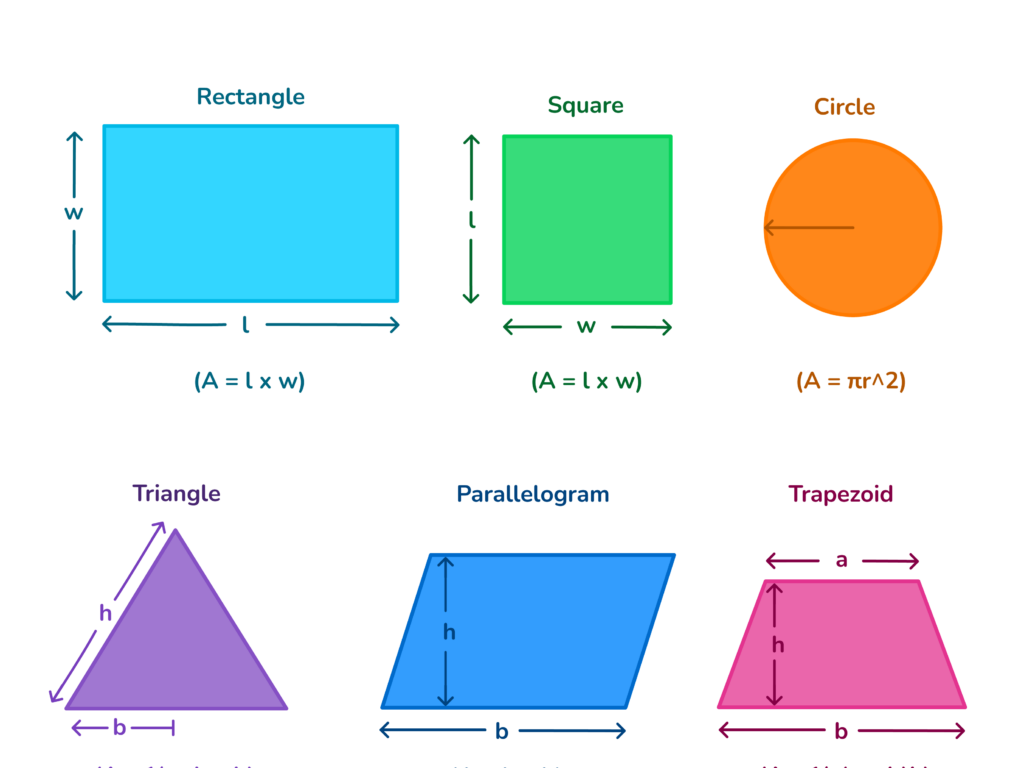Inherited And Acquired Traits: Use Evidence To Support A Statement
Subject: Science
Grade: Sixth grade
Topic: Anatomy And Physiology
Please LOG IN to download the presentation. Access is available to registered users only.
View More Content
Introduction to Traits: Inherited vs. Acquired
– Define traits
– Traits are characteristics or features of an organism.
– Inherited vs. acquired traits
– Inherited traits come from parents, acquired traits develop with experience or environment.
– Examples of inherited traits
– Eye color, hair type, and natural talents are often inherited.
– Examples of acquired traits
– Skills like playing an instrument or riding a bike are acquired.
|
This slide introduces the concept of traits to students, explaining that traits are the characteristics that make up an organism. It distinguishes between inherited traits, which are passed down from parents to offspring, and acquired traits, which are developed through life experiences or environmental influences. Provide clear examples for each to solidify understanding: inherited traits could include physical features or natural abilities, while acquired traits might involve learned skills. Encourage students to think of their own examples and consider how evidence supports whether a trait is inherited or acquired.
Exploring Inherited Traits
– Traits inherited from parents
– Common examples of inherited traits
– Eye color, hair type, and earlobe attachment are passed down through families.
– Activity: Discovering our traits
– List traits you’ve inherited from your family and find evidence for each.
– Using evidence to support traits
– Explain how you know these traits are inherited, not acquired.
|
This slide introduces the concept of inherited traits, which are characteristics passed down from parents to offspring. Use examples like eye color, hair type, and earlobe attachment to illustrate traits that are commonly inherited. The class activity involves students identifying their own inherited traits and finding evidence, such as family resemblance, to support their findings. Encourage students to differentiate between inherited and acquired traits, reinforcing the concept with real-life examples. The goal is to help students understand genetics and the evidence that supports inheritance of certain traits.
Exploring Acquired Traits
– Acquired traits definition
– Traits that are gained after birth through experience or behavior
– Examples of acquired traits
– Language skills, scars from falls, riding a bike
– Acquired vs. inherited traits
– Inherited traits are genetic, while acquired traits are learned or developed
– Class discussion on personal traits
– Think about skills or characteristics you’ve learned, like playing an instrument
|
This slide introduces the concept of acquired traits, distinguishing them from inherited traits. Acquired traits are not passed down genetically but are developed throughout life. Examples include physical changes like scars or skills learned through experience, such as language proficiency or playing sports. Encourage students to reflect on their own lives to identify traits they have acquired. Facilitate a discussion where students can share their experiences and understand how their environment and actions contribute to their personal development. This will help them grasp the difference between traits they are born with and those they acquire.
Evidence of Traits: Inherited vs. Acquired
– Identifying inherited traits
– Traits like eye color or hair type are often inherited.
– DNA’s influence on traits
– DNA carries genetic information determining traits.
– Observing traits in family
– Look at similarities in physical features within a family.
– Documenting family traits history
– Record traits seen in relatives to trace inheritance patterns.
|
This slide aims to help students understand the difference between inherited and acquired traits. Start by discussing how certain traits are passed down from parents to children, such as eye color or hair type, which are inherited. Explain that DNA is the biological blueprint that carries genetic information, influencing these inherited traits. Encourage students to observe and compare physical features within their family as evidence of inheritance. Finally, have them document traits seen in their relatives to understand patterns and support statements about trait inheritance. This activity will enhance their grasp of genetics and the role of DNA in heredity.
Supporting Statements with Evidence in Traits
– Understanding inherited traits
– Traits passed down from parents, like eye color
– Acquired traits and experiences
– Traits gained from environment, like language skills
– Making claims about traits
– Form a statement about a trait’s origin
– Using evidence to support claims
– Provide examples or research to back up your claim
|
This slide is aimed at teaching students how to make informed statements about inherited and acquired traits and how to support those statements with evidence. Inherited traits are those that are passed genetically from parents to offspring, such as hair color or blood type. Acquired traits are gained from interaction with the environment, such as learned languages or a tan from sun exposure. Students should learn to make clear claims about whether a trait is inherited or acquired and then use specific evidence, such as family genetics or personal experiences, to support their claims. In the practice activity, students will choose a trait and construct a statement about its origin, then find evidence to support their statement, fostering critical thinking and understanding of genetics and environment in trait development.
Class Activity: Trait Survey
– Survey classmates on traits
– Record traits as inherited or acquired
– Note traits like eye color (inherited) or language spoken (acquired)
– Analyze the collected data
– Look for patterns and compare similarities and differences
– Present your findings to the class
|
This class activity involves students surveying each other to collect data on inherited and acquired traits. Inherited traits are those that are passed from parents to offspring, such as eye color, while acquired traits are learned or developed, like riding a bike. Students should record their findings, noting which traits are inherited and which are acquired. After collecting the data, they should analyze it to identify any patterns or trends. Finally, students will present their findings to the class, discussing the evidence they gathered to support whether a trait is inherited or acquired. Possible activities include creating a chart to visualize the data, discussing how traits vary within the class, and exploring how acquired traits could be influenced by the environment or experience.
Conclusion: Inherited vs. Acquired Traits
– Recap: Inherited vs. Acquired Traits
– Inherited traits are passed genetically, while acquired traits are learned or developed.
– Significance of Evidence in Science
– Evidence supports scientific claims and helps validate theories.
– Engage in Q&A Session
– Review Key Concepts
– Revisit the main points discussed about traits and evidence.
|
As we wrap up our lesson on inherited and acquired traits, it’s crucial to reinforce the understanding that inherited traits are passed down from parents to offspring through genes, while acquired traits are gained or learned throughout life. Emphasize the role of evidence in science as a cornerstone for supporting statements and claims. It’s what allows scientists to prove or disprove hypotheses. Prepare for a Q&A session by thinking of potential questions the students might ask and how to guide them towards the answers. Use this time to also assess student comprehension. Finally, review the key concepts to ensure that students are able to differentiate between inherited and acquired traits and understand the importance of evidence in scientific studies. This will help solidify their learning and prepare them for future lessons.






